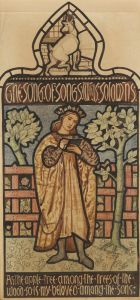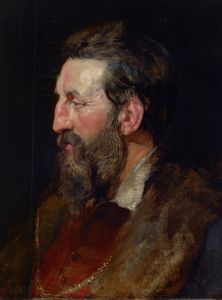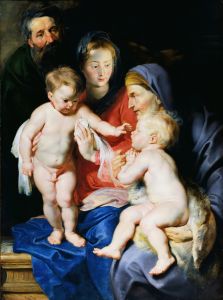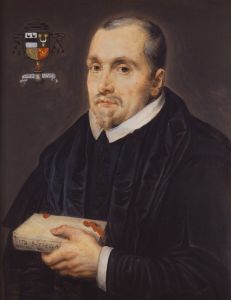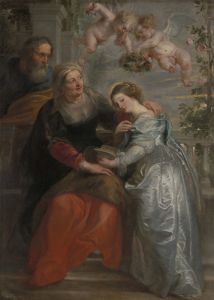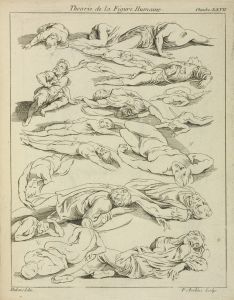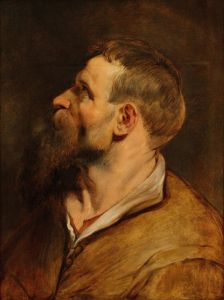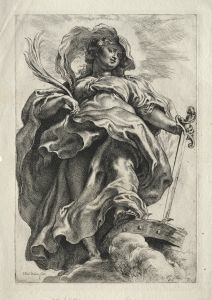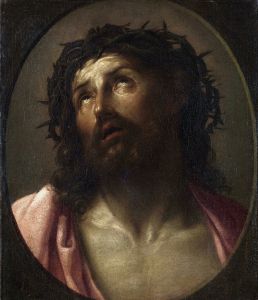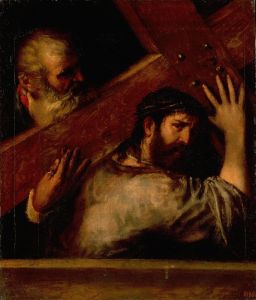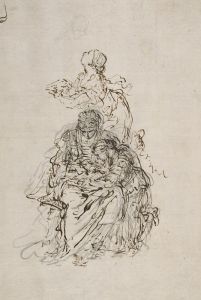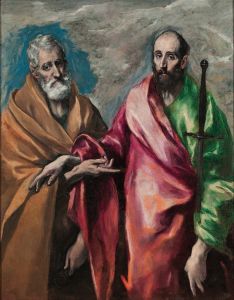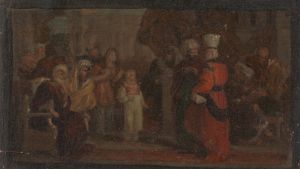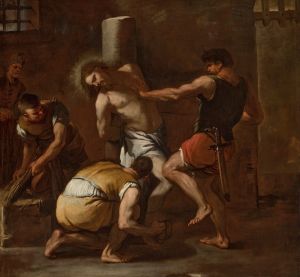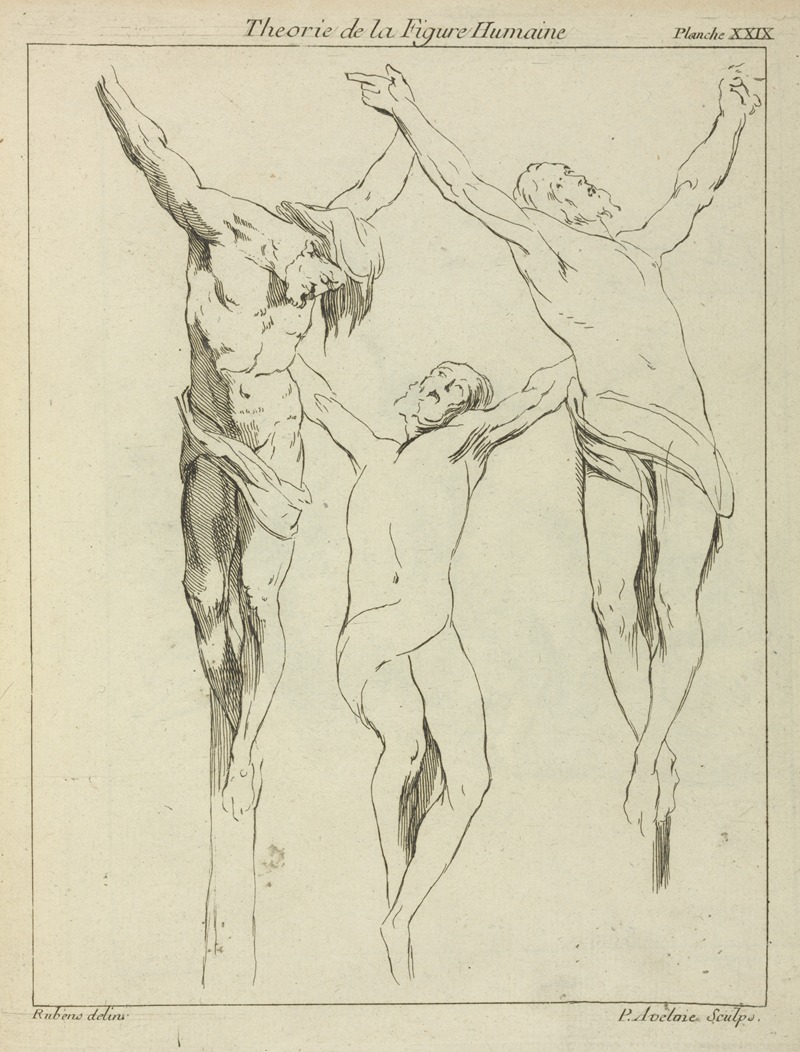
Three studies of crucified figures
A hand-painted replica of Peter Paul Rubens’s masterpiece Three studies of crucified figures, meticulously crafted by professional artists to capture the true essence of the original. Each piece is created with museum-quality canvas and rare mineral pigments, carefully painted by experienced artists with delicate brushstrokes and rich, layered colors to perfectly recreate the texture of the original artwork. Unlike machine-printed reproductions, this hand-painted version brings the painting to life, infused with the artist’s emotions and skill in every stroke. Whether for personal collection or home decoration, it instantly elevates the artistic atmosphere of any space.
Peter Paul Rubens, a prominent Flemish Baroque painter, is renowned for his dynamic compositions and vibrant use of color. Among his extensive oeuvre, "Three Studies of Crucified Figures" stands out as a compelling exploration of religious themes, a subject that Rubens frequently revisited throughout his career. This particular work exemplifies his mastery in depicting the human form and his deep engagement with Christian iconography.
"Three Studies of Crucified Figures" is a drawing that showcases Rubens' skill in capturing the emotional intensity and physicality of the crucifixion, a central event in Christian theology. The drawing is composed of three separate studies, each focusing on a different aspect of the crucified figure. Rubens' attention to anatomical detail and his ability to convey the suffering and pathos of the scene are evident in the musculature and expressions of the figures. The studies likely served as preparatory sketches for a larger work, as was common in Rubens' practice, allowing him to experiment with composition and form before committing to a final piece.
Rubens' approach to the crucifixion theme reflects his deep understanding of both classical and contemporary artistic influences. He was known to draw inspiration from the works of Michelangelo and Caravaggio, among others, and his studies often reveal a synthesis of these influences. The dramatic poses and chiaroscuro lighting in "Three Studies of Crucified Figures" demonstrate Rubens' ability to blend the dynamism of the Baroque with the anatomical precision of the Renaissance.
The drawing is executed with a combination of chalk and ink, mediums that Rubens frequently employed in his studies. This choice of materials allowed him to achieve a range of tonal variations and to emphasize the contours and volumes of the human body. The fluidity and expressiveness of his line work are characteristic of his style, capturing both the physical tension and the spiritual gravity of the crucifixion.
Rubens' religious works, including "Three Studies of Crucified Figures," were highly sought after during his lifetime, reflecting the Counter-Reformation's emphasis on art as a means of spiritual engagement and education. His ability to convey complex theological themes through compelling visual narratives made him a favored artist among both religious and secular patrons.
Today, Rubens' studies and sketches are valued not only for their artistic merit but also for the insights they provide into his creative process. "Three Studies of Crucified Figures" is a testament to Rubens' enduring legacy as a master of religious art, demonstrating his profound ability to capture the human condition and the spiritual essence of his subjects. The drawing remains an important piece for understanding the development of Baroque art and Rubens' contribution to the canon of Western art history.





